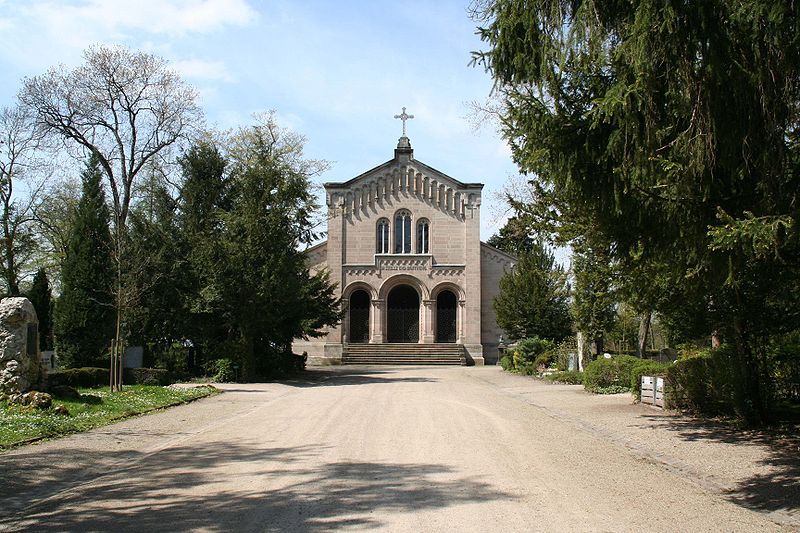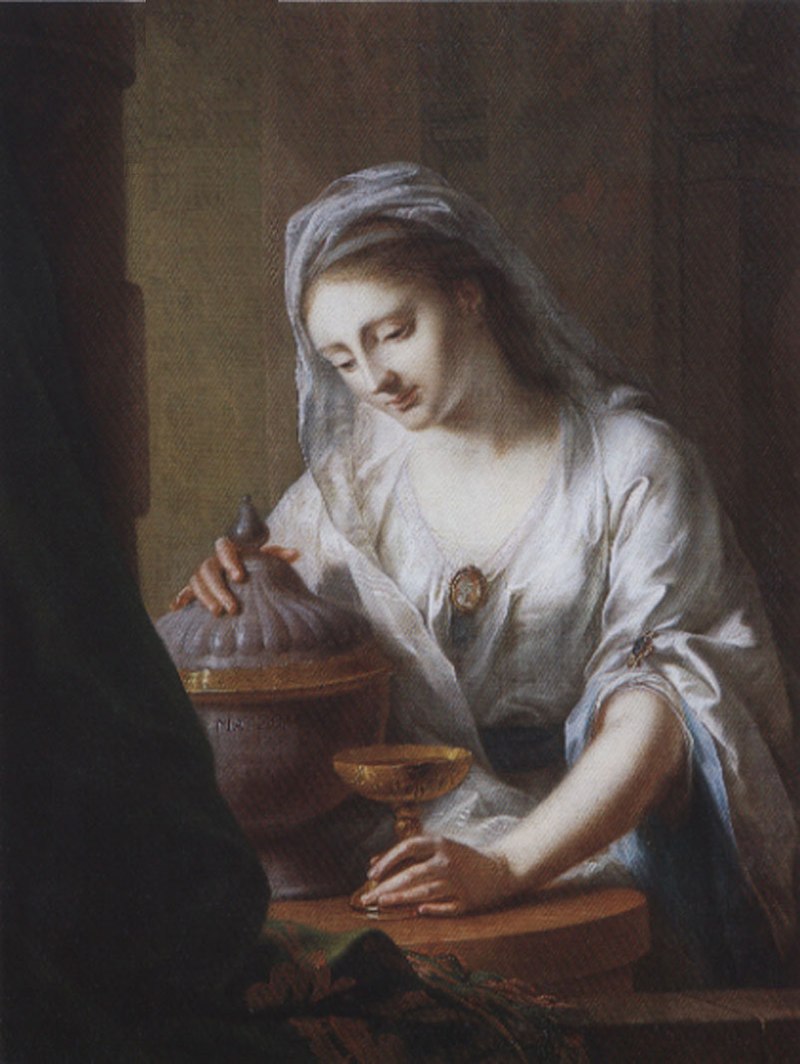by Susan Flantzer
© Unofficial Royalty 2015
Saxe-Coburg-Saalfeld/Saxe-Coburg and Gotha: In 1675, Ernst I, Duke of Saxe-Gotha-Altenburg died. Initially, his seven sons collectively governed the Duchy of Saxe-Gotha-Altenburg, as set out in their father’s will. In 1680, the seven brothers concluded a treaty of separation, with each brother getting a portion of the Duchy of Saxe-Gotha Altenburg and becoming a Duke. One of the seven new duchies was the Duchy of Saxe-Saalfeld and Johann Ernst, one of the seven sons of Ernst I, Duke of Saxe-Gotha-Altenburg became the first Duke of Saxe-Saalfeld. When two of his brothers died without male heirs, Johann Ernst took possession of Coburg (in 1699) and Römhild (in 1714). In 1699, Johann Ernst’s title changed to Duke of Saxe-Coburg-Saalfeld.
In 1825, 145 years after the initial split, another line became extinct and there was another split between three surviving duchies. Ernst III, Duke of Saxe-Coburg-Saalfeld became Ernst I, Duke of Saxe-Coburg and Gotha. For more information on the switch, see Saxe-Coburg-Saalfeld/Saxe-Coburg and Gotha Index.
On November 9, 1918, after the German Empire lost World War I, the Workers’ and Soldiers Council of Gotha, deposed the last Duke of Saxe-Coburg and Gotha, Charles Edward, a grandson of Queen Victoria. Five days later, he signed a declaration relinquishing his rights to the throne. The territory that encompassed the Duchy of Saxe-Coburg and Gotha is now in the German states of Bavaria and Thuringia.
********************

Ernst I, Duke of Saxe-Coburg and Gotha; Credit – Wikipedia
Ernst I, Duke of Saxe-Coburg and Gotha (Ernst Anton Karl Ludwig) was born January 2, 1784, in Coburg, Duchy of Saxe-Coburg-Saalfeld, now in Bavaria, Germany. He was the eldest son of Franz Friedrich Anton, Duke of Saxe-Coburg-Saalfeld and Augusta of Reuss-Ebersdorf.
Ernst had eight siblings:
- Sophie (1778 – 1835), married (1) Emmanuel, Count von Mensdorff-Pouilly, had six sons
- Antoinette (1779 – 1824), (2) Alexander of Württemberg, had four sons and one daughter
- Juliane (Grand Duchess Anna Feodorovna after marriage) (1781 – 1860), married Grand Duke Constantine Pavlovich of Russia, no issue, marriage annulled in 1820; had two illegitimate children
- Ferdinand (1785 – 1851), married Princess Maria Antonia Koháry, had three sons and one daughter including Ferdinand who was the husband of Queen Maria II of Portugal; was the grandfather of Tsar Ferdinand I of Bulgaria
- Victoria (1786 – 1861), married (1) Emich Carl, 2nd Prince of Leiningen, had two children (2) Prince Edward, Duke of Kent, had one child Queen Victoria of the United Kingdom
- Marianne Charlotte (1788 – 1794)
- Leopold I, King of the Belgians (1790 – 1865), married (1) Princess Charlotte of Wales, only child of George, Prince of Wales (King George IV), she died in childbirth along with her son; married (2) Princess Louise of Orléans, had three sons and one daughter including King Leopold II, King of the Belgians and Empress Carlota of Mexico
- Franz Maximilian Ludwig (1792 – 1793)
Because his sister had married into the Russian Imperial Family, Ernst received commissions as colonel and general of Russian army regiments. On May 10, 1803, Ernst was legally declared an adult so he could participate in the duchy’s government as his father was seriously ill. In October of 1806, Ernst fought on the Prussian side in the Battle of Jena-Auerstedt which pitted the forces of Emperor Napoleon I of France and King Frederick William III of Prussia against each other. The loss suffered by the Prussian army subjugated the Kingdom of Prussia to the French Empire for six years.
Ernst’s father died on December 9, 1806, and Ernst succeeded him as Ernst III, Duke of Saxe-Coburg-Saalfeld. However, as Saxe-Coburg-Saalfeld was occupied by Napoleon’s troops and under French administration, Ernst could not gain control of the government. In 1807, with the help of Russia, the Treaties of Tilsit restored control of the Duchy of Saxe-Coburg-Saalfeld to Ernst.
Ernst served as a general in the Prussian Army and participated in campaigns against Napoleon. After the Napoleonic Wars, Ernst worked on rebuilding the duchy. In 1821, he gave the country a new constitution. He promoted science and the arts and built theaters in Coburg and Gotha. Ernst oversaw romantic neo-Gothic renovations to the castles Rosenau, Ehrenburg, Callenberg, and Reinhardsbrunn and established the English-style landscape park at the castles.
Ernst was long content with bachelorhood until his mother insisted he marry to provide the duchy with heirs. Ernst considered several candidates for marriage, including some of the daughters of Paul, Emperor of All Russia, but settled on Princess Louise of Saxe-Gotha-Altenburg, the only child and heiress of Augustus, Duke of Saxe-Gotha-Altenburg and Louise Charlotte of Mecklenburg-Schwerin. She was a lively, romantic, and well-educated girl who was excited at the prospect of marrying Ernst, whom she thought was handsome and kind. There is some indication that Louise had heard about Ernst’s womanizing (and his several illegitimate children) before her marriage, she was optimistic about a happy life with him.
Ernst was her distant cousin and 33 years old to Louise’s 16 at the time of the wedding. The match was arranged by Ernst’s mother to bring Louise’s territory of Gotha to the duchy. Due to the Salic Law in force in the duchy, Louise could not rule the territories herself, but a husband or son could claim them on her behalf. Louise also brought a healthy dowry to the marriage, which could be used to restore Saxe-Coburg’s long-faltering finances.
The wedding was held in Gotha on July 3, 1817. The couple had two sons:

Albert (left) and Ernst (right) with their mother Louise; Credit – Wikipedia
Although the marriage was initially happy, the couple soon grew apart due to Ernst’s infidelities. After discovering Louise’s affair with her chamberlain in 1824, Ernst forced Louise out of the duchy. She was exiled and permanently cut off from her children. The couple was officially divorced on March 31, 1826. Louise died of cancer in 1831 at the age of 30.
In 1825, while Ernst and Louise’s divorce proceedings were occurring, Friedrich IV, Duke of Saxe-Gotha-Altenburg, Louise’s uncle, died without an heir. This necessitated a rearrangement of the Ernestine duchies. Ernst received Gotha and ceded Saalfeld to Saxe-Meiningen. He subsequently became Ernst I, Duke of Saxe-Coburg and Gotha.
On December 23, 1832, Ernst married his niece Marie of Württemberg, the daughter of his sister Antoinette. The couple had no children and had little in common, but Marie had a loving relationship with her stepsons.

Marie of Württemberg; Credit – Wikipedia
Ernst died on January 29, 1844, at Schloss Friedenstein in Gotha, Duchy of Saxe-Coburg and Gotha, now in Thuringia, Germany. He was initially buried in the crypt of the Church of St. Moritz in Coburg, Duchy of Saxe-Coburg and Gotha, now in Bavaria, Germany. In 1860, his remains were re-interred in the Ducal Mausoleum in Glockenberg Cemetery in Coburg

Ducal Mausoleum in Glockenberg Cemetery; Credit – Wikipedia
This article is the intellectual property of Unofficial Royalty and is NOT TO BE COPIED, EDITED, OR POSTED IN ANY FORM ON ANOTHER WEBSITE under any circumstances. It is permissible to use a link that directs to Unofficial Royalty.
Saxe-Coburg-Saalfeld/Saxe-Coburg and Gotha Resources at Unofficial Royalty






















